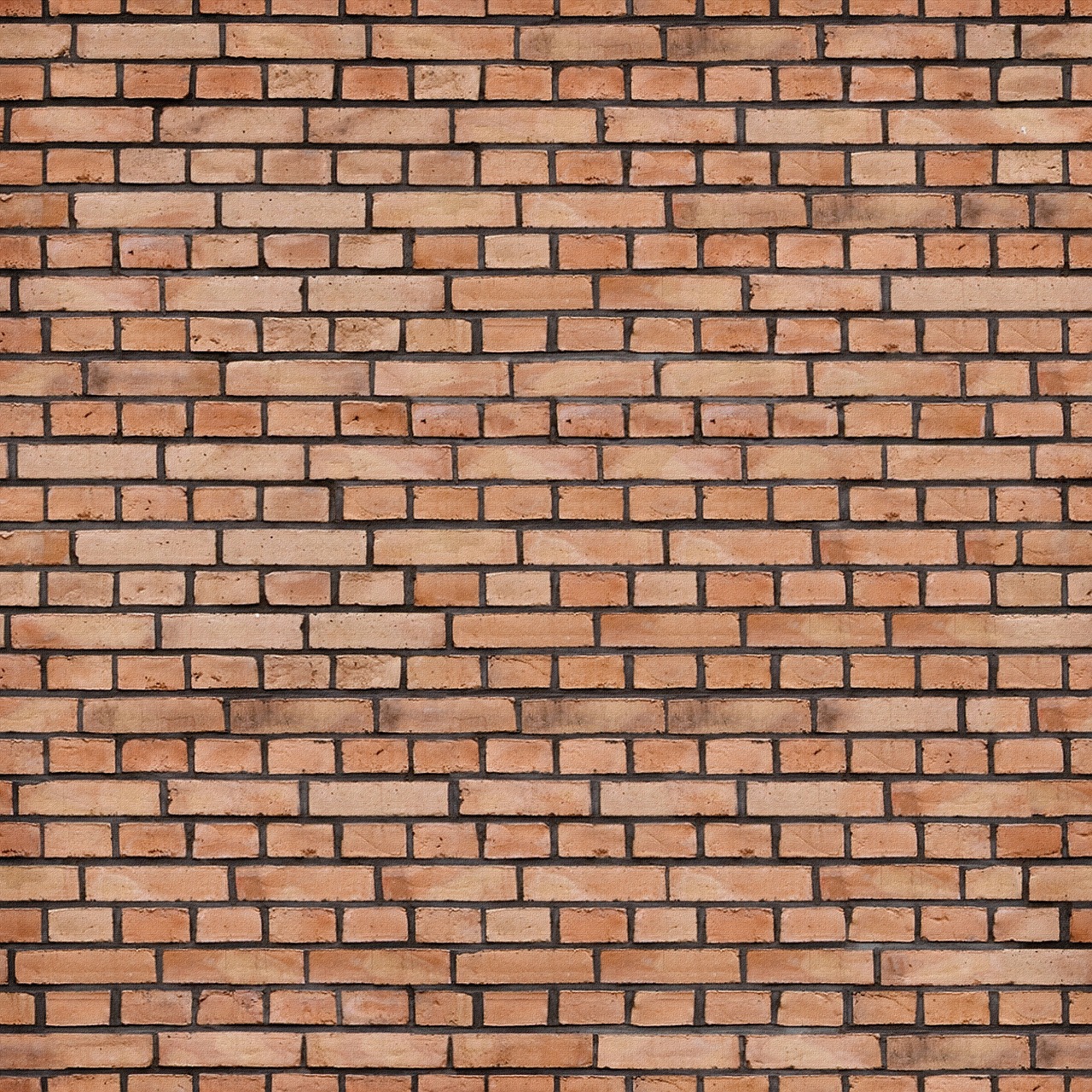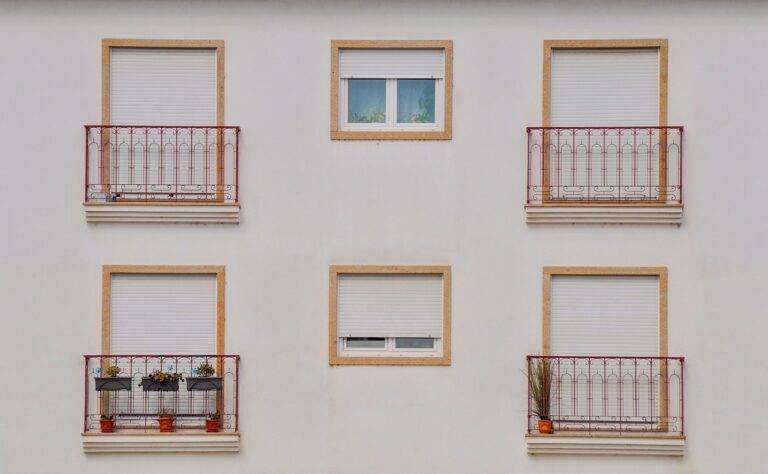How to Design a Sustainable Home
When it comes to sustainable home design, integrating eco-friendly practices is essential. One key element is the use of renewable energy sources, such as solar panels or geothermal heating systems. These options not only reduce the household’s carbon footprint but also lead to long-term cost savings on energy bills.
In addition, incorporating natural lighting and ventilation into the design can help reduce the need for artificial lighting and air conditioning. Skylights, large windows, and strategically placed openings can maximize the entry of natural light and fresh air, creating a healthier and more energy-efficient living space.
Building Materials for Sustainability
When it comes to constructing a sustainable home, the choice of building materials plays a crucial role in reducing the environmental impact. Opting for materials that are renewable, recyclable, and have a low carbon footprint is key to creating an eco-friendly living space. Materials such as bamboo, reclaimed wood, recycled steel, and cork are excellent options that contribute to sustainability and help in minimizing the overall environmental footprint of a home.
In addition to the eco-friendliness of the materials, their durability and longevity are also important factors to consider when selecting building materials for sustainability. Investing in high-quality and long-lasting materials not only reduces the need for frequent replacements but also minimizes the amount of waste generated over time. By choosing building materials that are not only sustainable but also durable, homeowners can create a sustainable living space that is both environmentally conscious and cost-effective in the long run.
Energy Efficiency in Home Design
When it comes to designing an energy-efficient home, one of the key aspects to consider is the insulation of the building. Proper insulation can help regulate the indoor temperature, reducing the need for excessive heating or cooling, thus lowering energy consumption. Additionally, using energy-efficient windows and doors can further improve the overall insulation of the home.
Incorporating natural lighting into the design of a home is another effective way to enhance energy efficiency. By maximizing the use of sunlight during the day, homeowners can reduce their reliance on artificial lighting sources, thus decreasing electricity usage. Furthermore, choosing energy-efficient appliances and utilizing programmable thermostats can also contribute significantly to the energy efficiency of a home.





